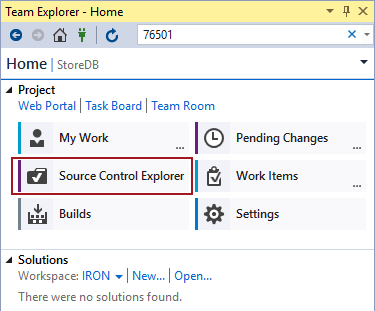


To create a local file system repository: Local file system repositories can be created for Git, Mercurial, and Subversion source control systems using the command line interface (CLI) or TortoiseSVN/ TortoiseHg free client tools. The database can be linked to the local file system repository with ApexSQL Source Control through local file access protocol. However, it is not recommended as a long-term solution because it is difficult to share it with other team members and setup a proper security for the repository. The advantages of a local repository are easy setup and fast local data transfer since it bypasses the source control server. However, this method is real sensitive to the exact method SSMS uses to format the extracted SQL.The local file system repository is intended for single users as a solution for the application testing and evaluation purposes. Use a tool like Red Gate SQL Compare to compare the two databases and identify differences.Ī cheaper solution is to simply use the "Script As" functionality of SQL Management Studio and do a text compare. In addition, creating a process to build the database completely from source control can help in keeping things controlled.Ĭreate a new database from source control.

The DROP- CREATE method loses GRANT information. However following sample is better in situations where you control access to the stored procedures. WHERE name = 'MyProc' AND type = 'P' AND uid = '1') It handles both cases of an update ( ALTER) or new install ( CREATE). The code below is a good stored procedure template for this process. Just as an application requires a build and deploy process, so should the stored procedures. The next time it has to be changed, follow the same procedure. Check it out, edit it, test it, install it, and check it back in. Treat the copy of the stored procedure in source control as the current version. The same with a database just because you can edit the stored procedures from the database does not mean you should. You would never open an EXE with a hex editor directly and edit it. The critical thing I have found is to treat the database as an application. Background: I develop a system that has almost 2000 stored procedures.


 0 kommentar(er)
0 kommentar(er)
